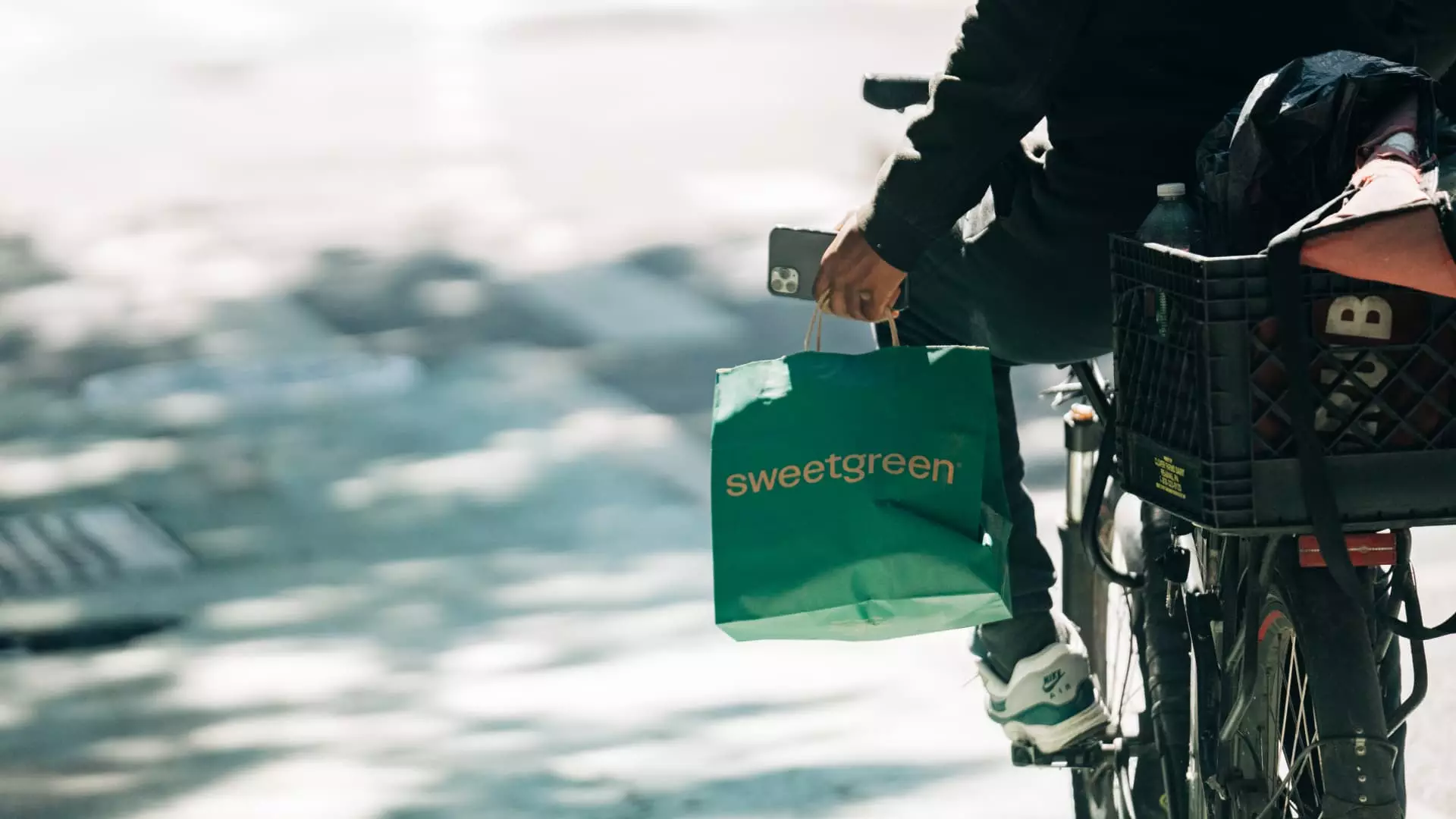Recent research has shown that the increasing popularity of GLP-1 drugs is not only affecting consumers’ appetites but also their spending habits on food. A Morgan Stanley survey revealed that most individuals taking these medications are cutting back on dining out at restaurants and ordering takeout, resulting in a decrease in their food expenses. While some participants are also tightening their budgets at grocery stores, the overall impact seems to be more significant in the dining-out category.
The demand for GLP-1 drugs, including well-known products like Novo Nordisk’s Wegovy and Eli Lilly’s Zepbound, is expected to continue rising. Morgan Stanley analysts predict that the market for these drugs could reach $105 billion by 2030, with approximately 31.5 million Americans using GLP-1s by 2035. This growth trajectory raises concerns about the potential economic implications for the food industry, particularly restaurants and packaged food companies.
Food and beverage companies are evaluating how the increasing use of GLP-1 drugs might affect their bottom lines. While some companies have expressed confidence that the impact will be manageable in the long term, others are taking steps to adapt to changing consumer behaviors. Health-conscious fast-casual restaurants and coffee chains are viewed as better positioned to navigate this shift, whereas traditional fast-food establishments may face more pressure.
The Morgan Stanley survey highlighted changes in consumer food preferences and habits since starting GLP-1 treatment. Participants reported reduced consumption of snacks, confections, sugary drinks, and alcohol, with many opting for smaller portions and healthier choices. This shift in behavior could potentially lead to decreases in sales of certain food categories, such as regular sodas and salty snacks, over the next decade.
In addition to dietary changes, the survey also noted shifts in other habits among GLP-1 users. Participants reported decreased smoking of traditional cigarettes and e-cigarette use after starting treatment. While these findings are promising, Morgan Stanley remains cautious about drawing definitive conclusions regarding the drugs’ impact on addictive behaviors and is monitoring ongoing research in this area.
The increasing prevalence of GLP-1 drugs in weight loss and diabetes treatment is reshaping consumer behavior and spending patterns in the food industry. As more individuals opt for healthier eating habits and reduced food consumption, businesses in the sector must adapt to meet changing demands. By understanding the evolving landscape of consumer preferences and the potential impact of medical treatments like GLP-1s, food companies can better position themselves for success in a dynamic market environment.

